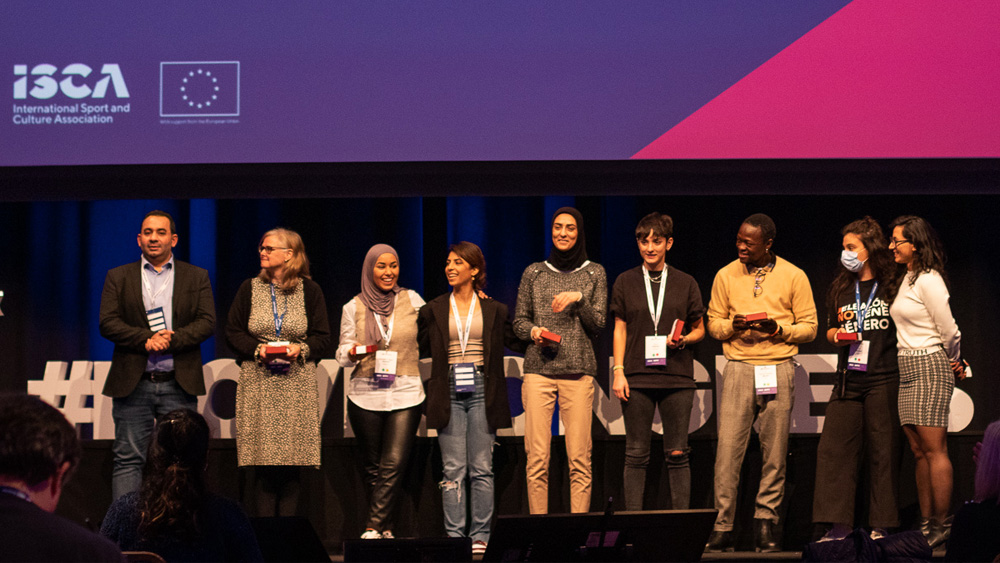You know, there are three things that pretty much guarantee a meeting will be terrible. If you see them on an agenda then make your excuses and make your escape (or even better, call me for help!)…
- Fuzzy objectives
If you’re not crystal clear on what you want to achieve, it doesn’t matter how many flip charts or post-it notes the meeting includes, it will be a flop. It’s that simple.
Yes, the participants will notice- and yes, they will get irritated!
As basic as it might sound, it’s essential to be clear on why people are getting people together, and many organisations miss this step. A ‘workshop’ is not a purpose! Are we consulting, ideating, informing (more on that in 2.) or deciding? One of the key things I do is help my clients to define in detail what they do (and do not) want to achieve in their gathering. - Long updates
Many people haven’t twigged that meetings are not the right format to deliver detailed information. Want to update people on the strategy? – Fine, take 5 minutes, and stick to three points.
If that’s not enough, then this is a big flag that you need another format – like an email, or a video. Sending detailed updates in advance lets people absorb at their own pace, and refer back to the salient points later.
Save your time together for conversations and questions about what’s currently happening in the organisation. Prioritise dialogue and human interaction. Don’t leave participants saying #ItCouldHaveBeenAnEmail - When the agenda says “…discussion”
Discussion for it’s own sake is a pretty meaningless activity -it is an excellent way to fill time, but it rarely adds much insight to a meeting. People go off track and talk about what is front of mind for them.
Instead, discussion becomes powerful when participants are given an angle or a frame to share their personal insight. For example, asking people to discuss “their key ideas for the next 12 months” or “the things that feel significant” will be much more fruitful than simply asking them to discuss the activity they just did. The added direction helps to navigate a brain full of thoughts and select those which are relevant to the purpose of the meeting.
Although I’ve highlighted three, there are a lot of things that contribute to meetings being terrible. If they are cropping up in your organisation, then drop me a line, I can help. I’ve helped hundreds of leaders to breathe clarity into their gatherings, making them purposeful and energising for all who attend. Why have terrible when they can be great?




